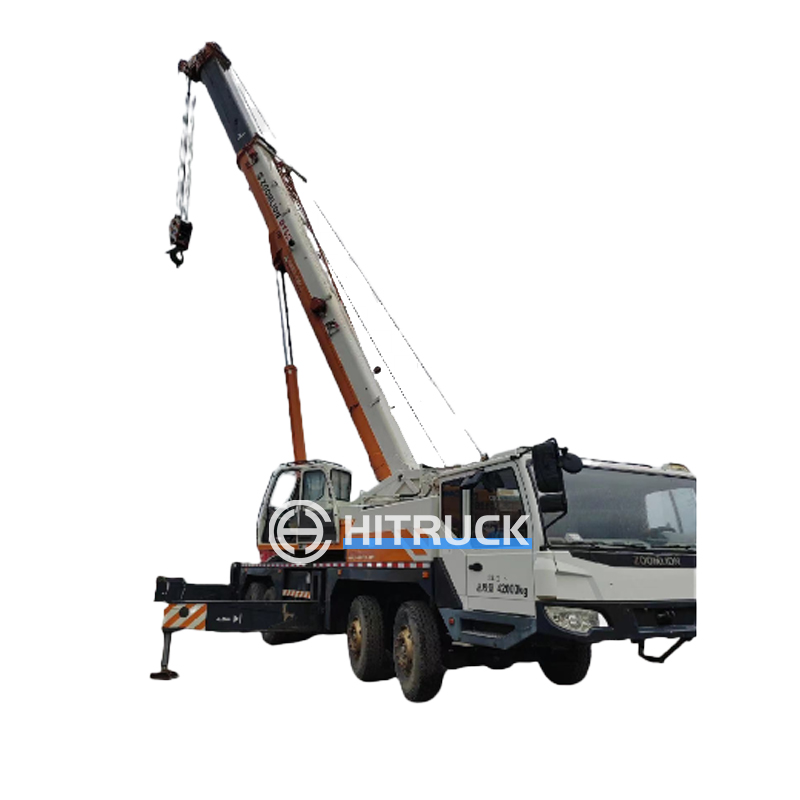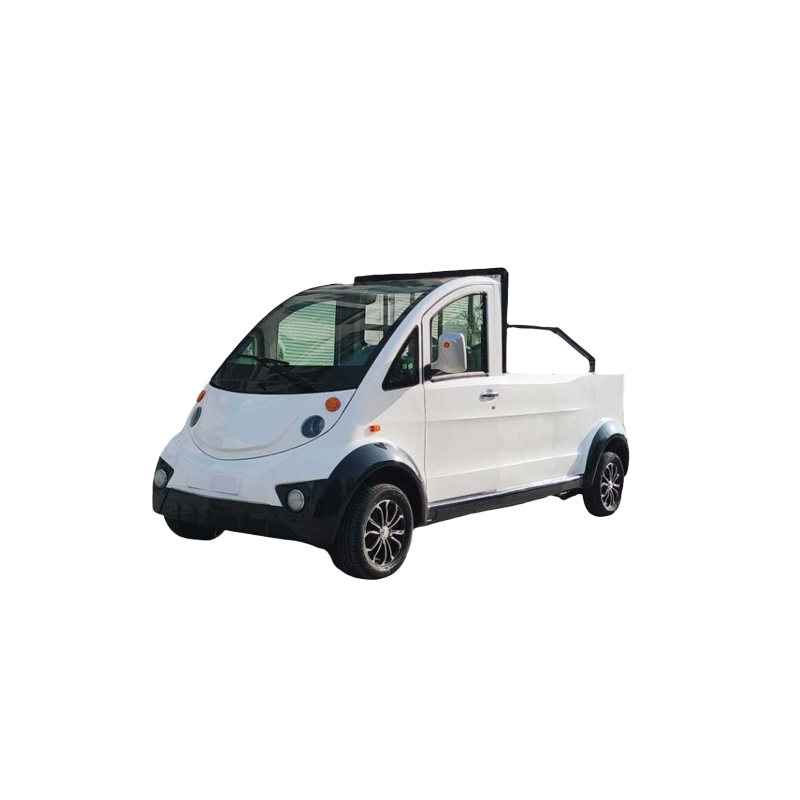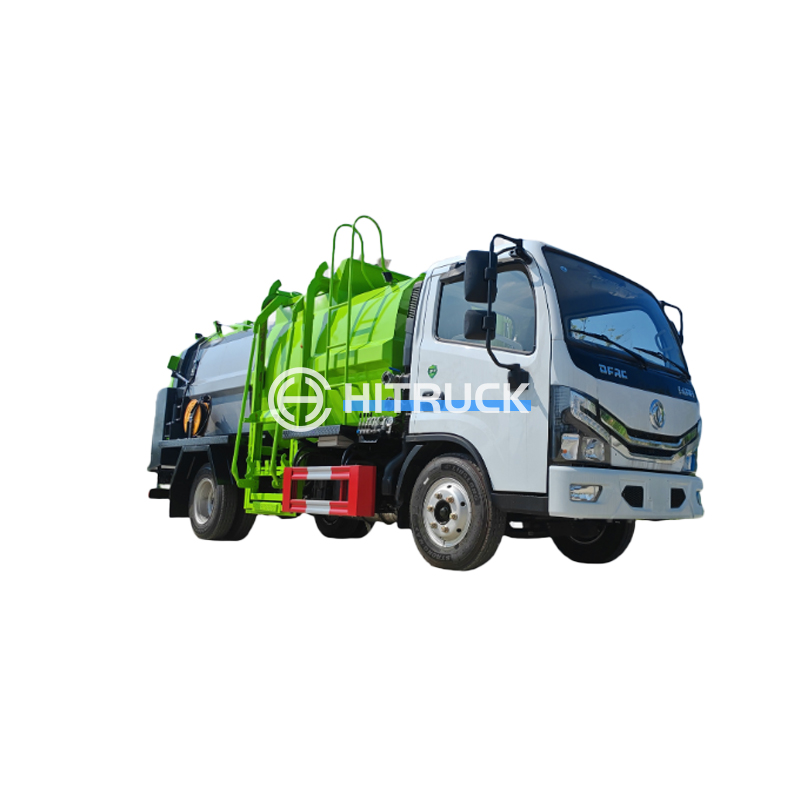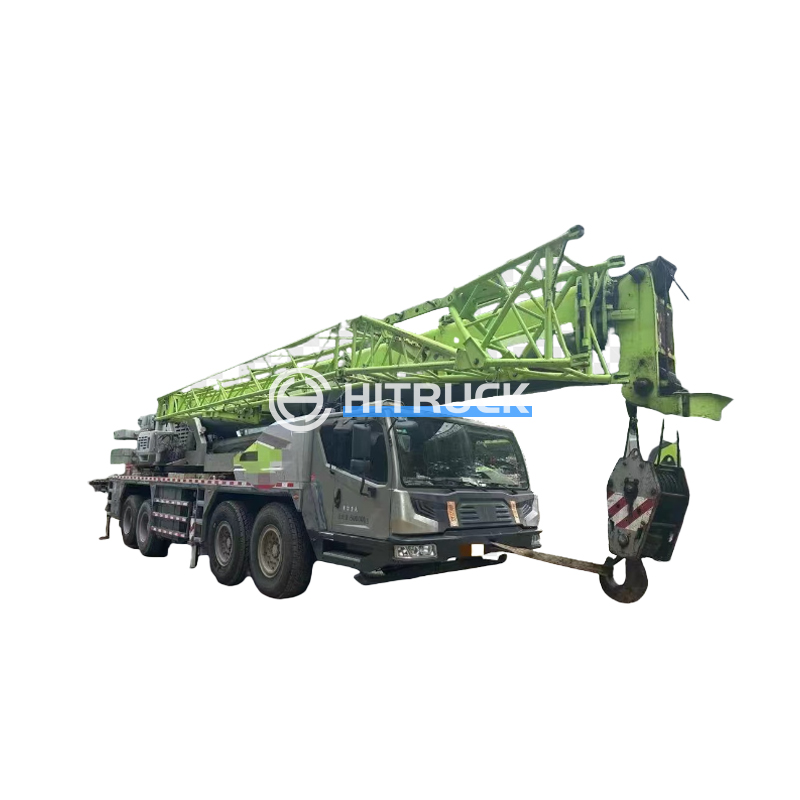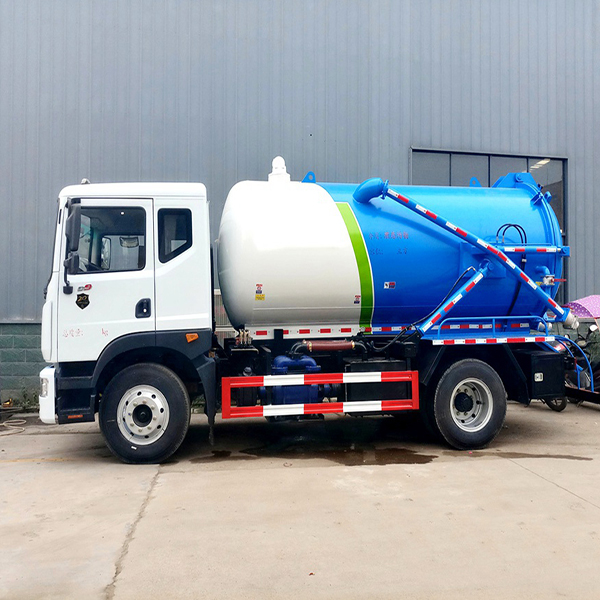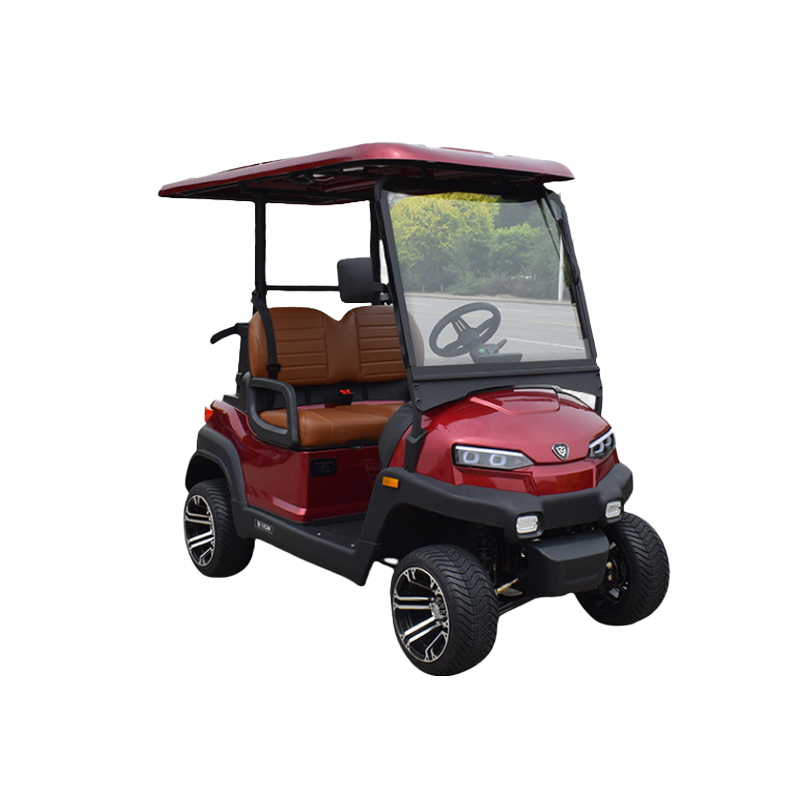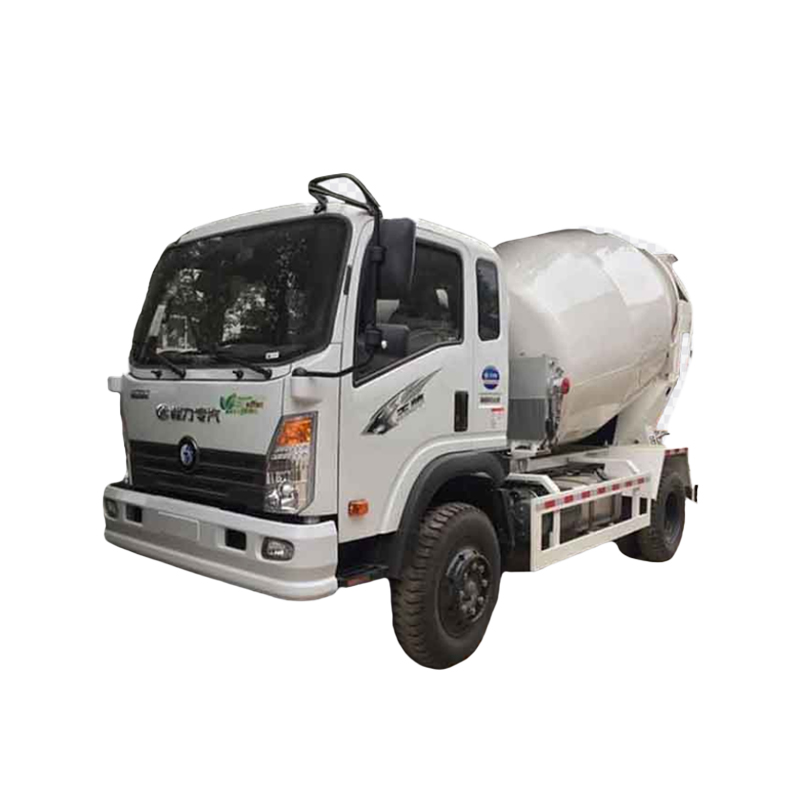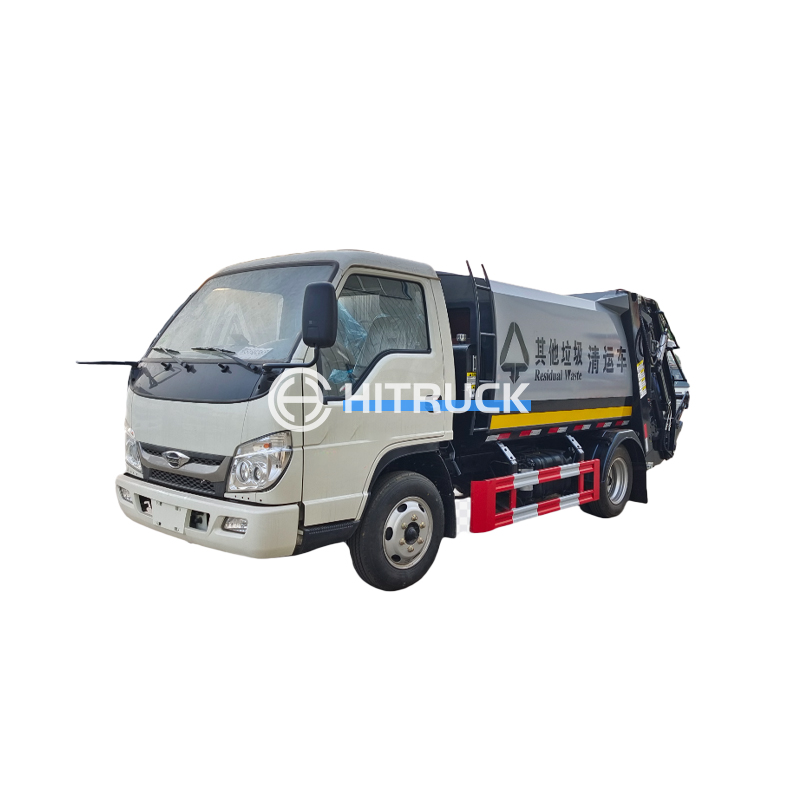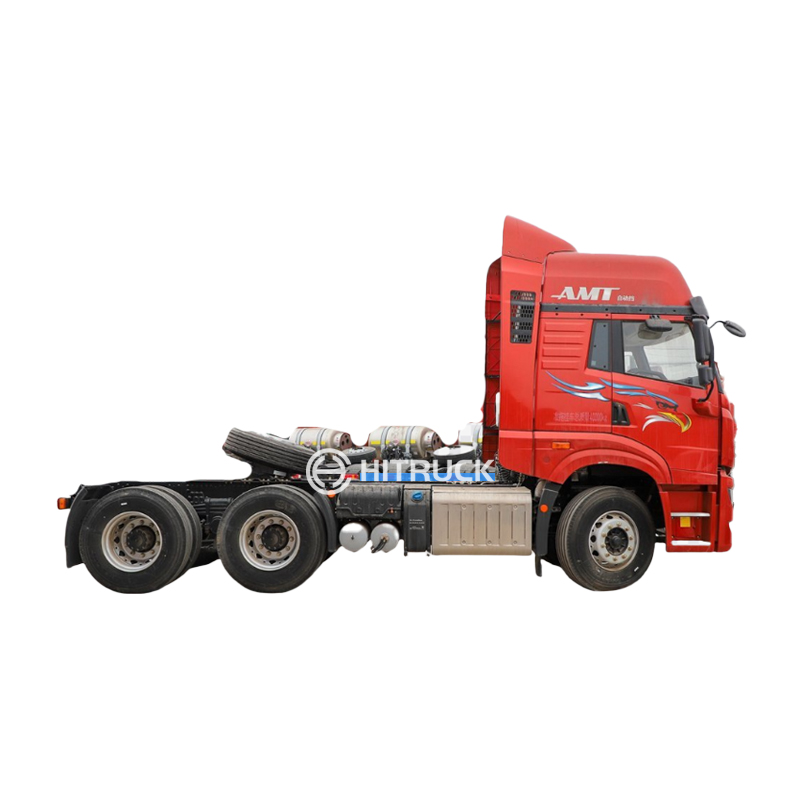Oilfield Pump Trucks: A Comprehensive GuideOilfield pump trucks are essential equipment for various oilfield operations, providing crucial fluid transfer capabilities. This guide provides a detailed overview of oilfield pump trucks, covering their types, applications, maintenance, and selection considerations.
Types of Oilfield Pump Trucks
Vacuum Trucks
These trucks utilize a vacuum system to transfer fluids, making them ideal for cleaning up spills, removing sludge, and transferring liquids with high viscosity. Their powerful suction capabilities handle a wide range of fluids found in oilfield environments. Vacuum trucks are often equipped with a variety of tanks and hoses to adapt to different job requirements. Consider factors like tank capacity and vacuum pump power when choosing a vacuum truck for your needs.
Pressure Trucks
Oilfield pump trucks operating under pressure excel at transferring fluids over long distances and at higher flow rates. These trucks are commonly used for transporting drilling fluids, chemicals, and other essential liquids within the oilfield. The pressure system ensures efficient and rapid transfer, maximizing productivity. Different pressure ranges are available to match specific application needs, and selecting the right pressure capacity is crucial for optimal performance.
Combination Trucks
Combining both vacuum and pressure capabilities, these versatile trucks offer the flexibility to handle a broader range of tasks. They’re a cost-effective solution for oilfield operations requiring both suction and pressure transfer capabilities. This versatility reduces the need for multiple specialized vehicles, simplifying logistics and improving efficiency. The added flexibility comes with a slight increase in initial cost.
Choosing the Right Oilfield Pump Truck
Selecting the appropriate
oilfield pump truck depends on several factors:
| Factor | Considerations |
| Fluid Type | Viscosity, corrosiveness, and other properties influence pump type and material selection. |
| Transfer Distance | Pressure trucks are more efficient for long distances. |
| Transfer Rate | Higher flow rates require higher pump capacity. |
| Tank Capacity | Determine the volume of fluid to be transferred per operation. |
| Budget | Consider initial cost, operating costs, and maintenance expenses. |
Maintenance and Safety
Regular maintenance is crucial for extending the lifespan and ensuring safe operation of your
oilfield pump truck. This includes routine inspections, fluid checks, and timely repairs. Adhering to manufacturer recommendations and employing qualified technicians for servicing is paramount. Safety protocols must be strictly followed to prevent accidents and ensure the well-being of operators and surrounding personnel. Always follow relevant safety regulations and industry best practices.
Where to Find Oilfield Pump Trucks
For a wide selection of high-quality
oilfield pump trucks, explore reputable dealers and manufacturers. One such provider is Suizhou Haicang Automobile sales Co., LTD, which offers a diverse range of trucks to suit varied operational needs. You can find their extensive inventory and detailed specifications at
https://www.hitruckmall.com/.
Conclusion
Choosing the right
oilfield pump truck is critical for the efficient and safe operation of any oilfield. By carefully considering the factors discussed above and selecting a reputable supplier, operators can ensure they have the right equipment to meet their specific requirements and optimize their productivity. Remember that regular maintenance and adherence to safety standards are essential for long-term success.

